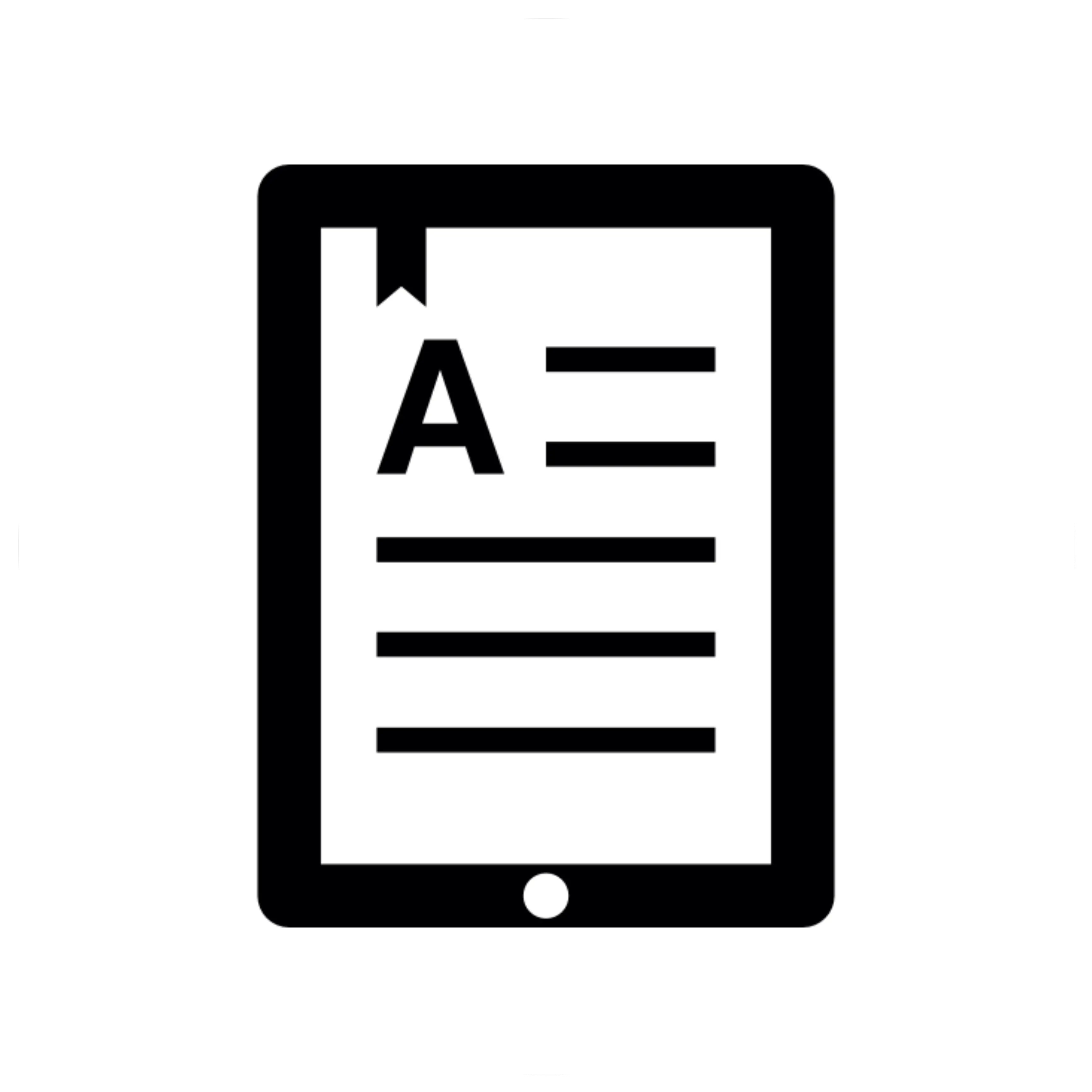I have an old PRS-T3 from Sony and would like to upgrade, but don’t know much about the current world of ereaders, maybe someone could help me. (The PRS is working fine for books, so I can wait, but many websites stopped working and I would like to upgrade)
It would have to be robust and have a similar form factor(maybe smaller but not much bigger)[3 inches/7.5 cm] and I would like physical buttons, but they are not required. Since I am using omnivore as a read it later app and read my local newspaper on these devices, google play and a webbrowser would help a lot.
Thanks.
I don’t need an integrated store or drm reader, I add all my books manually.


Thanks, this sound interesting. How is the battery life? I would guess android has a tonne of services, that could eat up battery, which i wouldn’t really need on an ebook reader.
Better than you’d expect, because most of the power draw on most Android devices is the screen. I’d recommend keeping airplane mode on when you aren’t using it, because that’s probably the next biggest, but on my Max it’s generally pretty seriously long, both in terms of reading time and sleep. Admittedly that’s a lot bigger, so a bigger battery, but I go through stretches of a lot to almost no activity, and it might be a month since I last touched it, just sitting on a shelf. I pulled it out at 25% just now.
The benefit of Android (beyond choosing your reader app for content you own) is that you can use other apps that don’t give you DRM free content you can move around. Libby and Hoopla are two that many US libraries support that will allow you to borrow books entirely for free, I use scribd which is a paid subscription service for a different library of books, and other platforms for purchasing content that is locked down (I don’t agree with it; but it’s a reality), pretty much everyone relevant has an android app. Same with magazines, news, and sports content that’s shorter but more time sensitive. And if you choose to pirate, you can do that right on the device as well in a lot of cases. After experiencing Android on an ereader (even though I can’t stand it on a phone), there’s very little chance I buy one with anything less again. It takes some tweaking here and there, but there’s just too much I would have to give up to go back.
As with most portable devices, battery life depends heavily on what you do with the device and how you use it. CPU and GPU under full load are biggest power drains followed by display, especially the backlight but high refresh rate also requires energy. You probably won’t be doing much CPU/GPU intensive tasks with an e-ink device (although you can watch videos and even play games on the Page if you are okay with the ghosting). E-ink displays doesn’t require lights and they refreshes only when the content changes, so the display uses minimal amount of energy - unless you turn on the light. When you put the device to stand by it disconnects wireless connections and, I assume, it disables some of the background processes as well. Also it’s not vanilla Android, but their own flavor of it. I don’t know what changes they’ve made beside the user interface.
I’ve had the Page for couple months only, and my use cases have been all over the place, so I can’t accurately comment on the battery life. It’s several days with one charge, and I try to keep the charge level between 20% and 80% to prolong the battery, so I’m not even using the whole capacity. The battery life is not an issue.